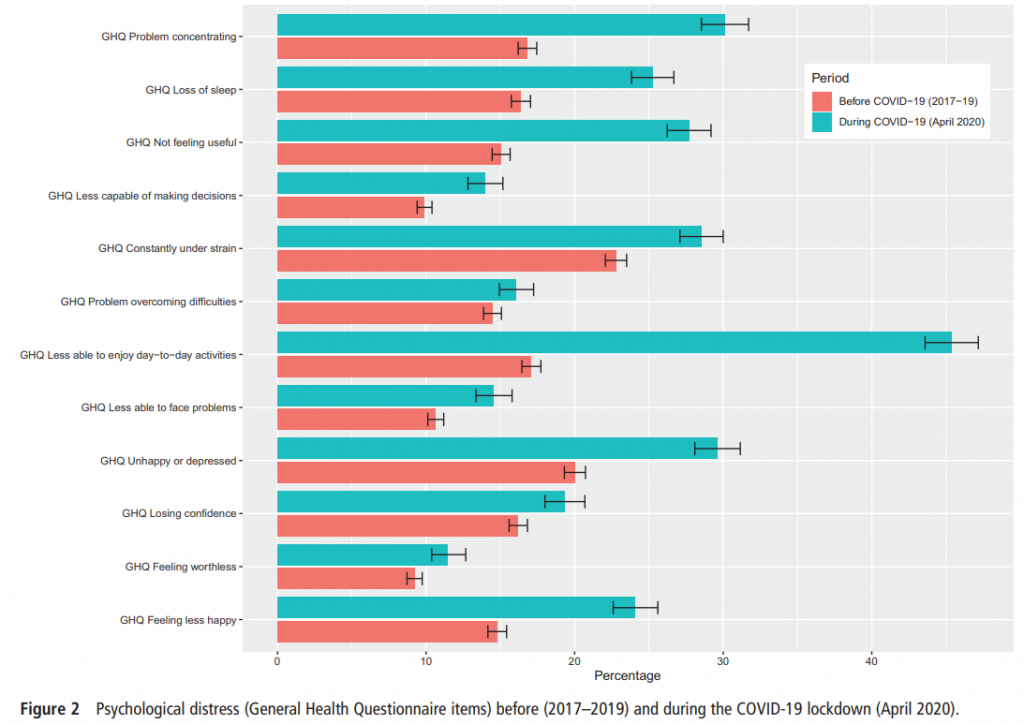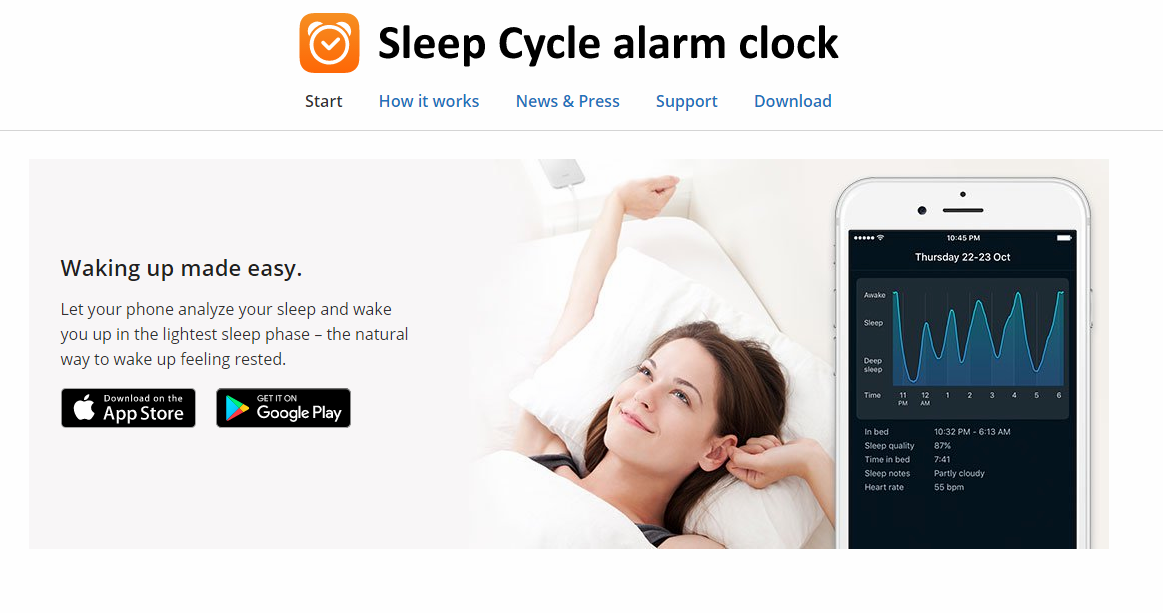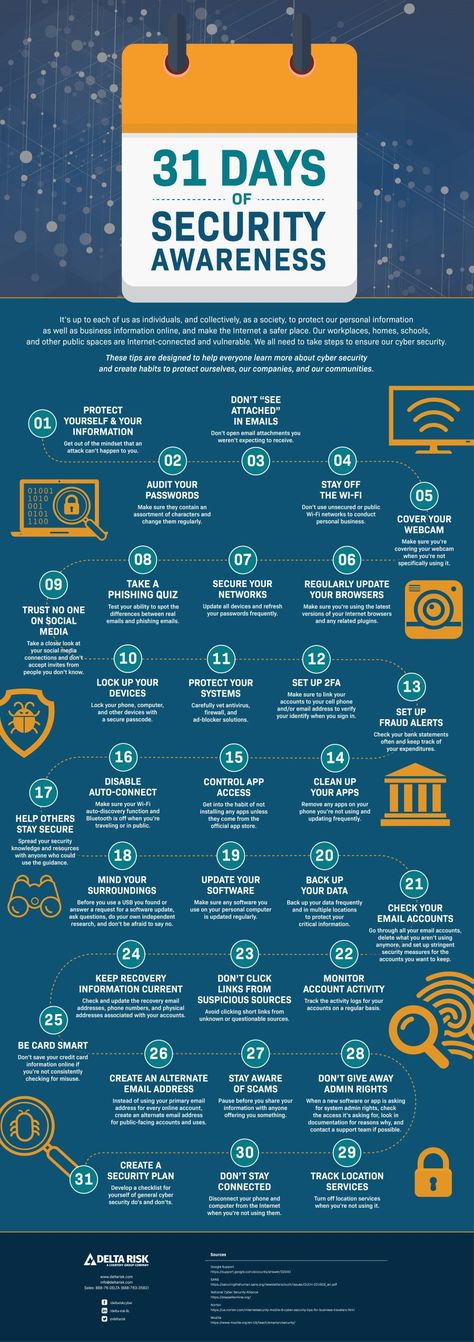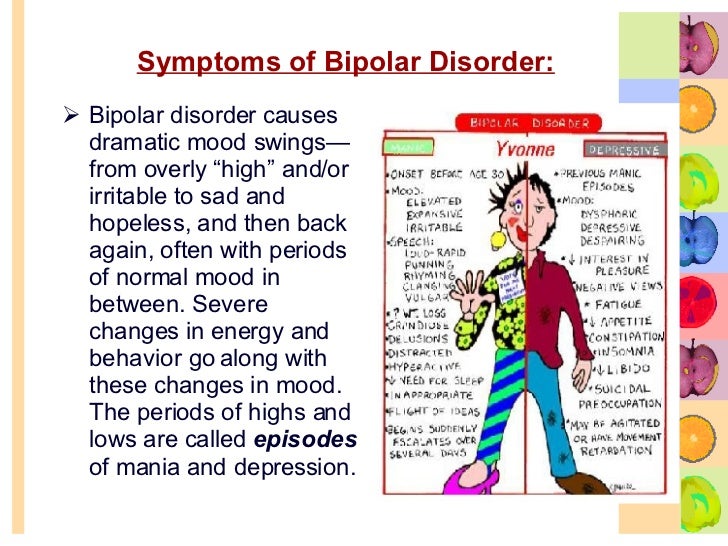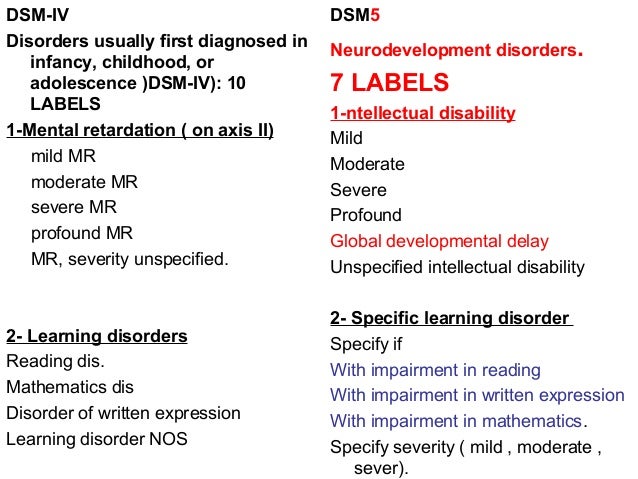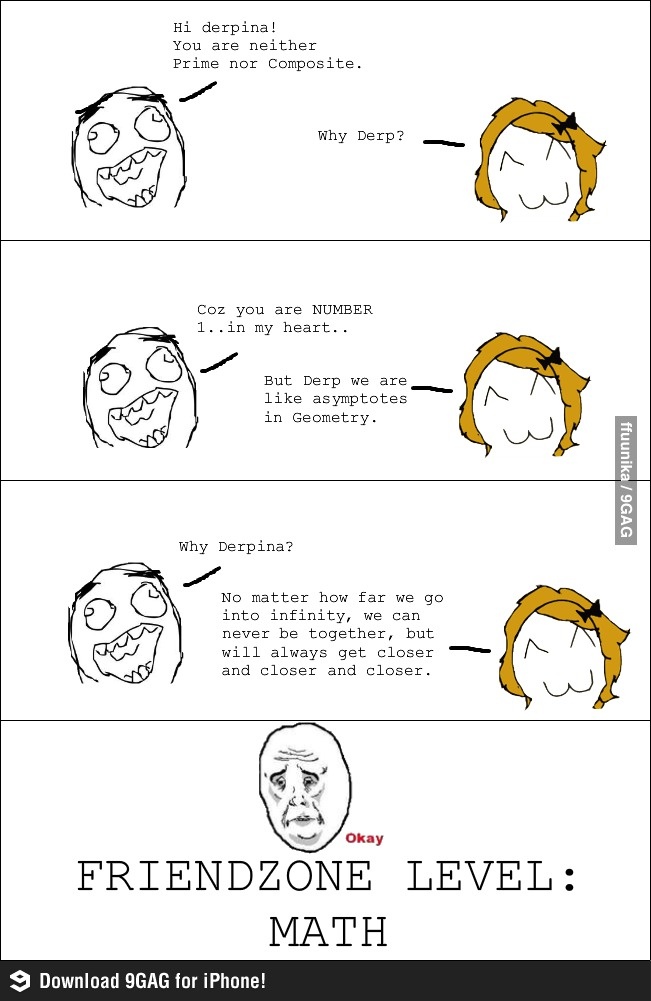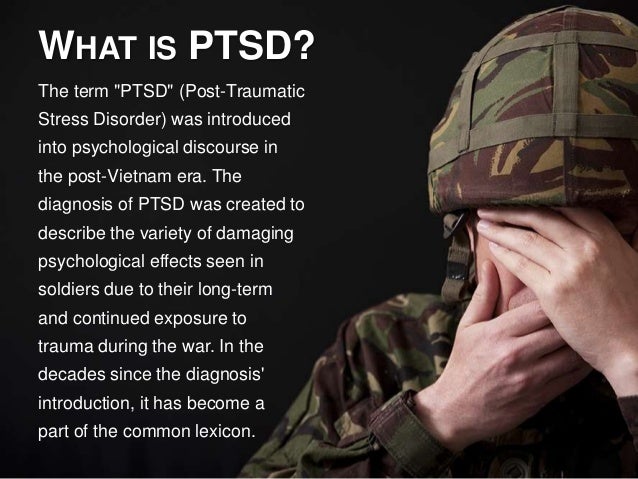Examples of bottom up processing in everyday life
Bottom Up And Top Down Processing - Perception
Perception refers to the way sensory information is organized, interpreted, and consciously experienced and involves both bottom-up and top-down processing.
While our sensory receptors are constantly collecting information from the environment, it is ultimately how we interpret that information that affects how we interact with the world. Perception refers to the way sensory information is organized, interpreted, and consciously experienced. Perception involves both bottom-up and top-down processing. Bottom-up processing refers to the fact that perceptions are built from sensory input. Bottom up processing is when sensory receptors pick up signals for the brain to integrate and process. An example of this is stubbing your toe on a chair, the pain receptors detect pain and send this information to the brain where it is processed. On the other hand, how we interpret those sensations is influenced by our available knowledge, our experiences, and our thoughts.
This is called top-down processing. An example of this is if you see the chair you have stubbed your toe on before and you avoid it to make sure it does not happen again.
In top-down processing, there is always bias of environmental factors on a personal perception of the stimulus, this is known as context effect. Where cognitive psychology of a person’s environment affects their stimulus processing.
Look at the shape in Figure 1 below. Seen alone, your brain engages in bottom-up processing. There are two thick vertical lines and three thin horizontal lines. There is no context to give it a specific meaning, so there is no top-down processing involved.
Now, look at the same shape in two different contexts. Surrounded by sequential letters, your brain expects the shape to be a letter and to complete the sequence. In that context, you perceive the lines to form the shape of the letter “B.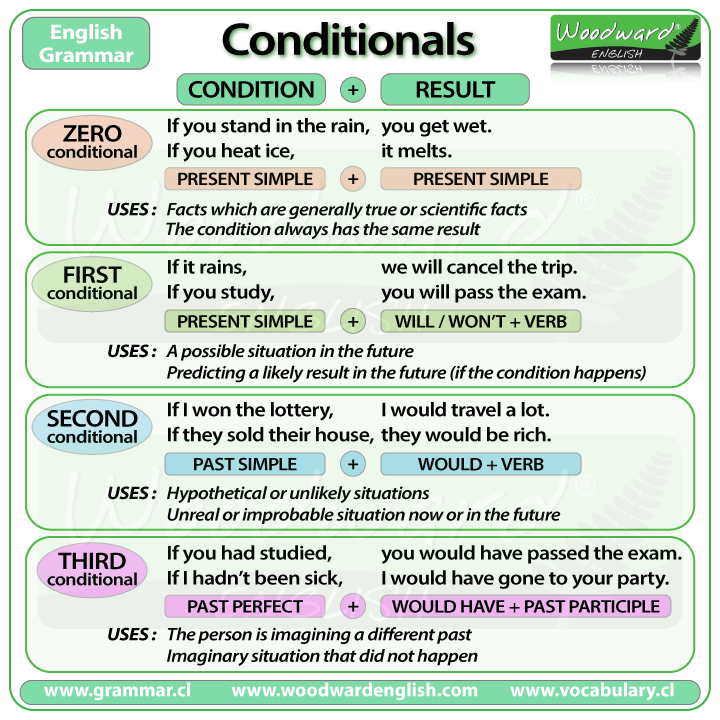 ”
”
Surrounded by numbers, the same shape now looks like the number “13.”
When given a context, your perception is driven by your cognitive expectations. Now you are processing the shape in a top-down fashion.
One way to think of this concept is that sensation is a physical process, whereas perception is psychological. For example, upon walking into a kitchen and smelling the scent of baking cinnamon rolls, the sensation is the scent receptors detecting the odor of cinnamon, but the perception may be “Mmm, this smells like the bread Grandma used to bake when the family gathered for holidays.”
Although our perceptions are built from sensations, not all sensations result in perception. In fact, we often don’t perceive stimuli that remain relatively constant over prolonged periods of time. This is known as sensory adaptation. Imagine entering a classroom with an old analog clock.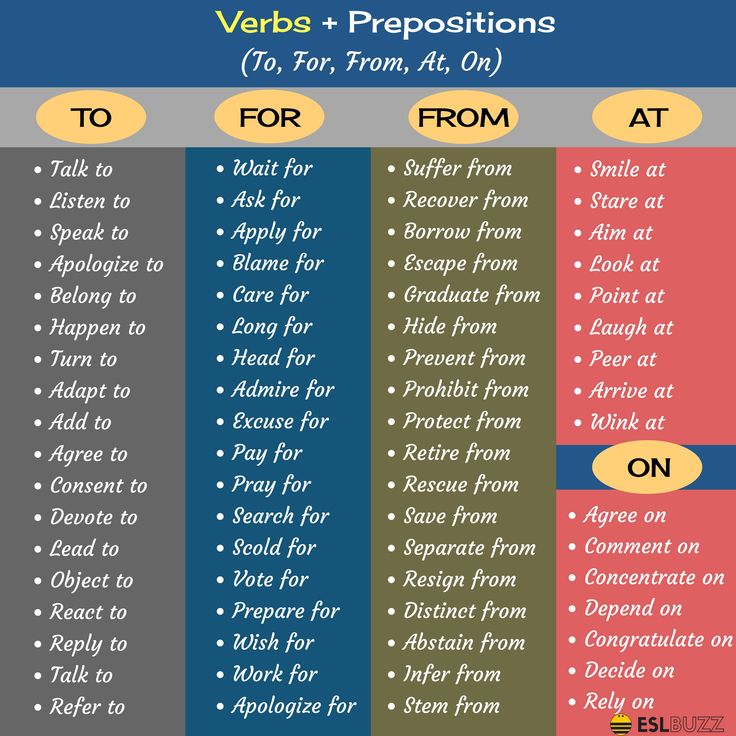 Upon first entering the room, you can hear the ticking of the clock; as you begin to engage in conversation with classmates or listen to your professor greet the class, you are no longer aware of the ticking. The clock is still ticking, and that information is still affecting sensory receptors of the auditory system. The fact that you no longer perceive the sound demonstrates sensory adaptation and shows that while closely associated, sensation and perception are different.
Upon first entering the room, you can hear the ticking of the clock; as you begin to engage in conversation with classmates or listen to your professor greet the class, you are no longer aware of the ticking. The clock is still ticking, and that information is still affecting sensory receptors of the auditory system. The fact that you no longer perceive the sound demonstrates sensory adaptation and shows that while closely associated, sensation and perception are different.
Practice Questions
Khan Academy
MCAT Official Prep (AAMC)
Section Bank P/S Section Passage 4 Question 29
Key Points
• Perception refers to the way sensory information is organized, interpreted, and consciously experienced. Perception involves both bottom-up and top-down processing. One way to think of this concept is that sensation is a physical process (bottom-up processing), whereas perception is psychological (top-down processing).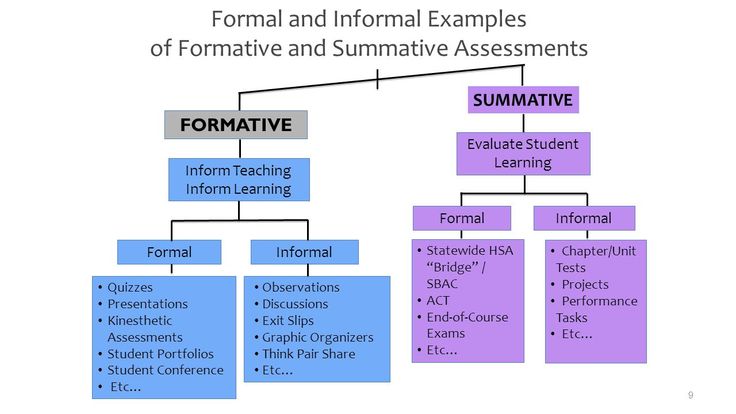
• Bottom-up processing refers to the fact that perceptions are built from sensory input. On the other hand, how we interpret those sensations is influenced by our available knowledge, our experiences, and our thoughts.
• Top-down processing refers to how we interpret sensations due to influences from our available knowledge, our experiences, and our thoughts.
• Although our perceptions are built from sensations, not all sensations result in perception. Due to sensory adaption, we often don’t perceive stimuli that remain relatively constant over prolonged periods of time.
Key Terms
perception: the organization, identification, and interpretation of sensory information
bottom-up processing: refers to the fact that perceptions are built from sensory input
top-down processing: refers to how we interpret sensations due to influences from our available knowledge, our experiences, and our thoughts
Bottom Up Processing (Definition + 7 Examples)
How do you take in the world around you? Do you sense what’s going on, or do you use perception to organize and interpret information?
These are big questions.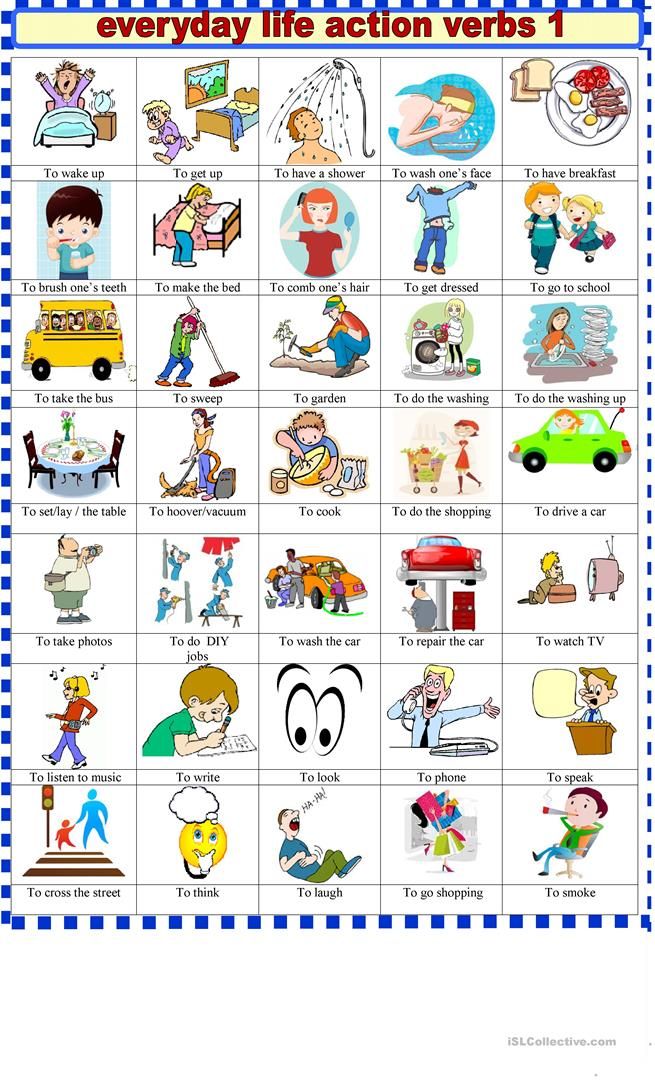 Sensation and perception explain how we recognize our friends when they approach us, how we form memories, and how we analyze what is going on at any given point in time.
Sensation and perception explain how we recognize our friends when they approach us, how we form memories, and how we analyze what is going on at any given point in time.
What is Bottom Up Processing?
Examples of Bottom Up Processing
Uses for Bottom Up Processing in Everyday Life
What is Bottom Up Processing?
Bottom-up processing is the idea that we begin to perceive items with sensation, as opposed to our conceptual ideas. This process is also known as “data-driven processing,” because it is just that: driven by the data that we collect with our senses.
Right now, you see a computer screen and some animations. But before you could recognize the computer, you took in the individual parts of the computer: the shape of the machine, the light emanating from the screen, each of the keys on the keyboard, etc.
Some psychologists argue that sensation and perception are two different processes.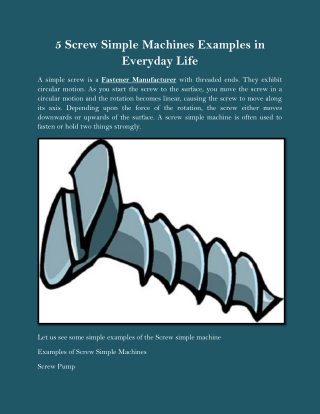 Some argue that they are exactly the same.
Some argue that they are exactly the same.
We call these theories “bottom up” and “top down” processing. One argues that sensory and perception are the same, and that we process stimuli first and analyze it later. The other is a “top down process” that starts with memories, expectations, and motivations. We apply our knowledge and expectations to create a backdrop for our world as we perceive it, and then begin to focus on the smaller details using sensation.
I’m going to focus specifically on the bottom-up approach to processing and how we process the stimuli that is around us. James J. Gibson developed the theory of bottom-up processing, and his work has significantly impacted the world of psychology, behaviorism, and neurology.
Gibson’s Theory
The theory of bottom-up processing sounds easy enough, but Gibson’s theory on this process is still grounds for debate in the world of psychology. Why? Gibson theorized that no learning is necessary to perceive stimuli. The process from looking at stimuli to analyzing it is a direct line. As the visual stimuli moves from the retinas in the eyes to the visual cortex in the brain, we begin to move deeper and deeper into an analysis of what we are seeing.
The process from looking at stimuli to analyzing it is a direct line. As the visual stimuli moves from the retinas in the eyes to the visual cortex in the brain, we begin to move deeper and deeper into an analysis of what we are seeing.
This is a reductionist theory. Reductionism is the idea that we break down big ideas into their most basic parts.(This is the opposite of holism, which looks at the “big picture” ideas first.)
When you apply this idea to the nature vs. nurture debate, it is clear that Gibson takes the side of nature. He is arguing that we are solely using nature to perceive the world and analyze what we are seeing. In fact, he is one of the founders of ecological psychology.
Affordances
While Gibson was developing the theory of bottom-up processing, he coined the term “affordances.” Everything we see has a number of affordances, or different opportunities to interact with the item.
An affordance is a thing that offer something to the perceiver more than what it specifically is.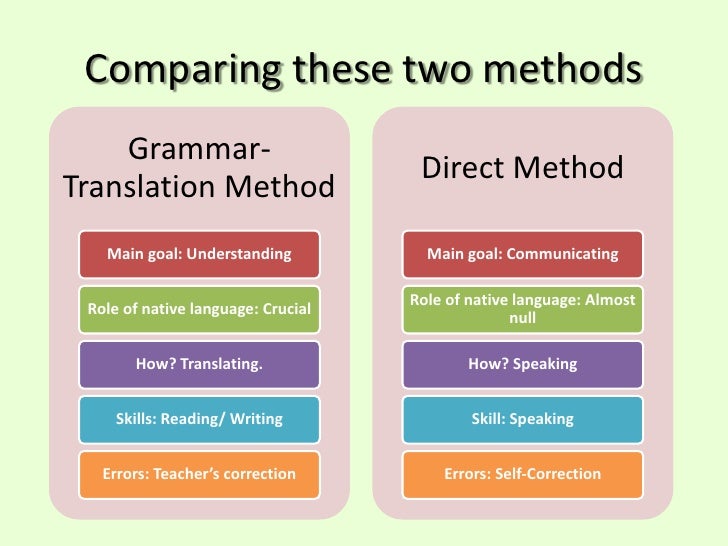 For the simplest example, a chair is a construction of wood, however it ‘affords’ us the opportunity to sit in it.
For the simplest example, a chair is a construction of wood, however it ‘affords’ us the opportunity to sit in it.
These affordances include:
- Relative brightness or size
- Texture Gradient
- Height
- Highlighted objects
Gibson argued that the idea of affordances were crucial to the idea of bottom-up processing.He theorized that when we were looking at an item, we observed its particular affordances.
Examples of Bottom Up Processing
One simple example of bottom up processing is when you are walking to a friend’s bathroom in the middle of the night. You have to turn the light on to see where you are going, instead of using your memory of where things are in the bathroom.
Below are some more examples of bottom up processing in everyday life:
1) Interpreting Road Signs
One of the ways that affordances works to support the theory of bottom-up processing is road markings. Road markings use several different affordances to communicate speed requirements and the direction of the world.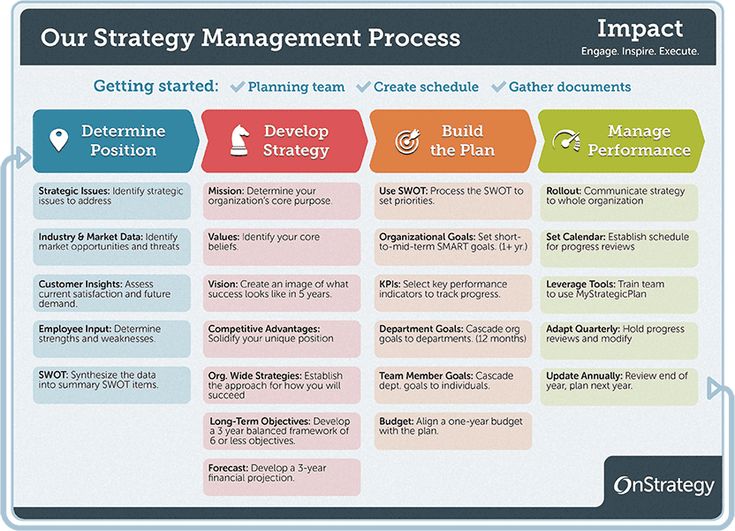 As you’re driving along a country road, you are not working from the top down – you are sensing the signs on the side of the road and on the road to determine where you are going and how fast you are going.
As you’re driving along a country road, you are not working from the top down – you are sensing the signs on the side of the road and on the road to determine where you are going and how fast you are going.
2) B or 13?
This next example is a two-part example that shows the difference between bottom-up and top-down processing.
Using bottom-up processing, you might look at the middle symbol and say it’s a “B.” Sure, you have learned what a “B” is in the past. But you did not need any context to look at the markings, send that stimuli to your visual context, and analyze the stimuli to determine that the markings were the letter “B.”
Top-down processing may yield a different result. Let’s say those two markings were placed between a “14” and a “12.”When you come across the two markings, you recognize it as “13.”You expect the markings to be numbers based on the knowledge of what else is on the page. After some time, you might change your mind. But your initial perception of the markings was different than a letter “B” due to top-down processing.
3) Prosopagnosia
Bottom up processing can feel like a hard concept to grasp, especially if you find yourself thinking that your past experiences and the things you have learned are crucial to understanding the world around you. This is why so many psychologists align their thinking with the idea of top-down processing. But by looking at a condition in which the ability to use top-down processing is missing, you can better understand bottom-up processing.
So let’s look at Prosopagnosia.
Oliver Sacks is a well-known neurologist. His list of books include The Man who Mistook His Wife for a Hat. (If you’re interested by anomalies in the world of neurology, I highly recommend this book!) Sacks himself could distinguish his wife from a hat, but he had trouble distinguishing other people’s faces, even the ones he knew. He had Prosopagnosia, which is also known as face blindness.
Patients with Prosopagnosia don’t use top-down processing to identify individuals.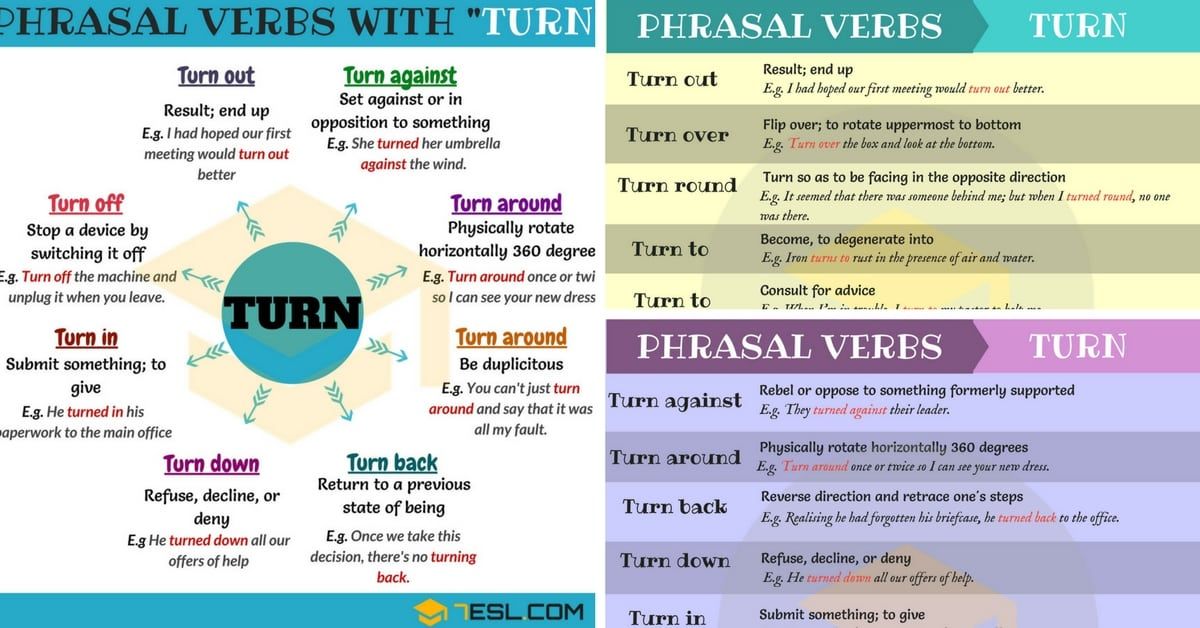 They are able to take in what they see when they look at a person’s face. They can identify whether the person has freckles, blue eyes, or a crooked nose. But they can’t identify whether or not they have seen that face before, or who it belongs to.
They are able to take in what they see when they look at a person’s face. They can identify whether the person has freckles, blue eyes, or a crooked nose. But they can’t identify whether or not they have seen that face before, or who it belongs to.
The process in which people with face blindness take in the faces of others is an example of bottom-up processing.
4) Bottom-Up Tests and Assessments
How do you know how someone is feeling? They could tell you. Or, you could get clues from how the person is acting and put together your final judgement. Many professional therapists use the second approach in tests and assessments. These are called “bottom-up assessments” because they resemble the bottom-up process.
Bottom-up testing and approaches vary depending on the type of therapy that is being practiced. For example, a cognitive behavioral therapist might ask their patient a series of questions about a memory or a subject. They listen to what the patient has to say, but also observe what is going on in the patient physically (sweating, fidgeting, etc. )They use this input to make their assessment.
)They use this input to make their assessment.
5) Blind Taste Test
Have you ever seen someone do a blind taste test? Maybe they were a judge in a cook-off or they were on a game show and had to guess what they were eating. They can probably guess that they are eating food or have other clues about what they are going to put in their mouth. But they must use bottom-up processing to assess what they are eating.
The taste buds help the brain with this – they send sensory information to the brain with little or no context. From there, the brain has to do the work to figure out what the person just ate.
6) Sensing a Fire Far Away
But you don’t have to be “blind” or have your eyes shut to use bottom-up processing. Let’s say you’re in the woods. You see all of the trees around you, but nothing else looks unusual. All of a sudden, you hear some popping noises. You smell the faint smell of smoke. After a while, you start to feel that one side of your body is exposed to heat.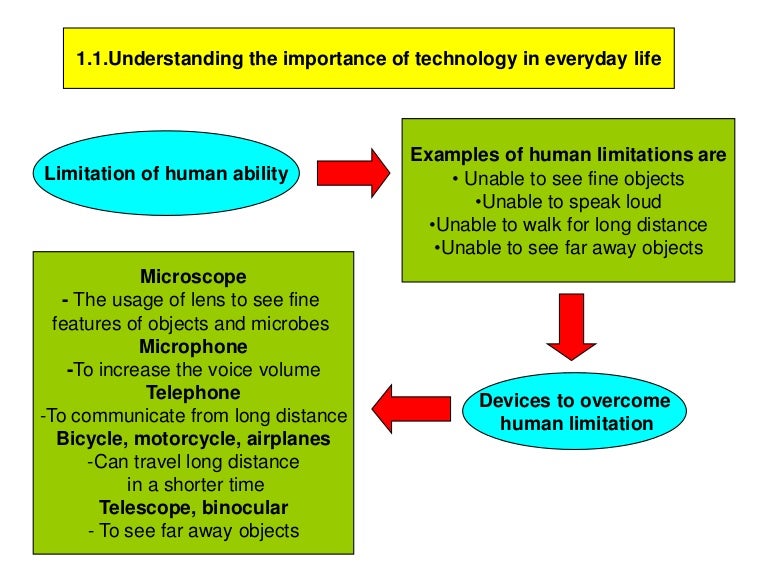
All of this together tells you that there is a fire nearby and it might be time to run or see if everything is okay. Your eyes can’t see the fire yet, but bottom-up processing with the help of your other senses tells you what is going on.
7) Strange Stomach Pains
Have you all of a sudden felt strange stomach pains “out of nowhere?” You have to use bottom-up processing to figure out what is causing your symptoms. The first clue that something is not right is your sensory experience. From there, you have to think about how you are feeling mentally or if you ate something that could have caused the stomach pains.
You have to draw from past experiences where you might have felt similarly. If you anticipate the stomach pains due to an allergy or situation that may cause stomach pain, you may be using top-down processing to assess your symptoms.
To sum up the idea of bottom-up processing, James Gibson proposed a theory saying that the process of analyzing stimuli is a direct line between the stimuli around us and the parts of the brain that analyzed it. No further learning influenced what we perceive.
No further learning influenced what we perceive.
Here are some more examples of bottom up processing:
- Hearing: Identifying words in speech or understanding music by recognizing individual notes.
- Vision: Recognizing shapes, colors, and objects from visual cues like size, shape, and texture.
- Smell & Taste: Distinguishing different flavors in food or aromas in wine based on smell and taste receptors firing off signals to the brain.
- Touch & Movement: Feeling textures through physical contact, sensing temperature changes, and distinguishing between hard/soft surfaces when touching them.
Is Bottom Up Processing Automatic?
While it may feel like we interpret road signs, make assumptions, or read images automatically, there is some work that goes into bottom up processing. Of course, these skills get much faster as we interact with the world around us!
For example, basic perceptual processes like color vision and motion detection occur automatically and without conscious effort.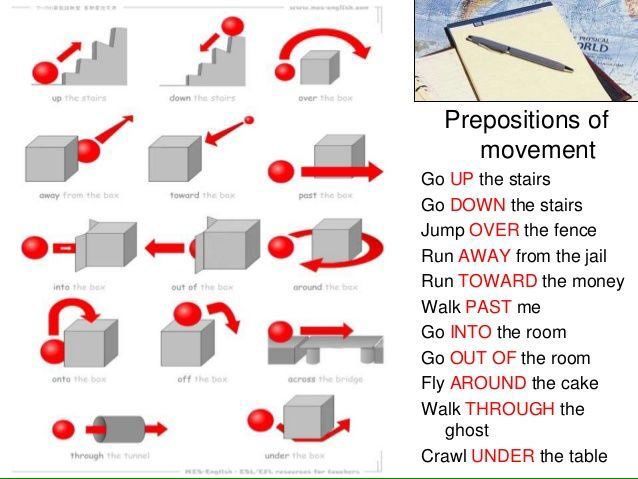 These processes involve relatively simple neural pathways that can quickly identify certain perceptual inputs and respond accordingly.
These processes involve relatively simple neural pathways that can quickly identify certain perceptual inputs and respond accordingly.
On the other hand, higher level cognitive processes related to learning, memory formation, problem solving, language comprehension require conscious effort and cannot be classified as automatic responses.
It has also been suggested that some types of bottom up processing could become automated with practice; for instance if a person needs to recognize a particular pattern in order to complete a task they may eventually develop an unconscious habit for recognizing this pattern over time. This suggests that top-down expectancies play an important role in shaping our responses to stimuli even when we rely primarily on lower level data driven mechanisms at first glance. Therefore although basic bottom up perception might be considered automatic it appears likely that many more complex upper level functions will remain subject to voluntary control even after extensive training or experience.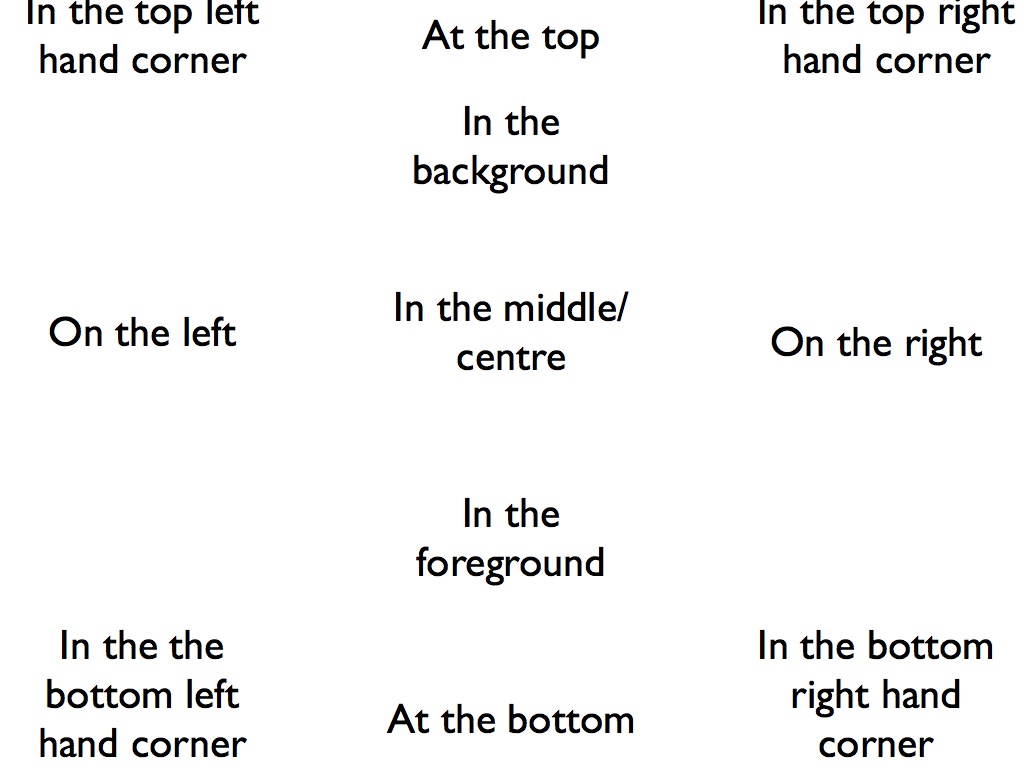
Is Bottom Up Processing The Same As Inductive Reasoning?
Many students confuse bottom-up processing with inductive reasoning – but they aren’t the same! Inductive reasoning and bottom-up processing are often linked because they take from past information and experiences, but it’s important to know that they are a similar means to a different end.
Take a look at what Brainvoyager135 shared when this question was asked on Reddit:
“It’s not a bad way to help you memorize the concept, since connecting is important. However processing and reasoning are not synonymous. Processing is all about sensation and perception. Reasoning is about theories and observations.”
Uses for Bottom Up Processing in Everyday Life
Bottom up processing is a method of understanding that starts with the analysis of individual components and gradually builds up to larger concepts. This type of information gathering is used frequently in everyday life, especially when dealing with complex tasks such as problem solving.
For example, a student trying to solve a math equation may start by breaking down the problem into smaller parts and building on those smaller pieces until they arrive at an answer.
By dissecting each piece one at a time, the student can focus on one element without being overwhelmed by all of the data presented in the question. Once they have solved for each small portion, they can then work their way towards finding an overall solution to the entire equation.
In addition to educational pursuits, bottom up processing is useful when making decisions or forming opinions about topics like politics or current events. In this case, rather than immediately jumping to conclusions based on initial impressions or summaries from others, people can use bottom-up methods to independently research issues in depth before forming any judgments.
This helps create more informed opinions that are not influenced by outside sources but instead stem from personal investigation and evaluation.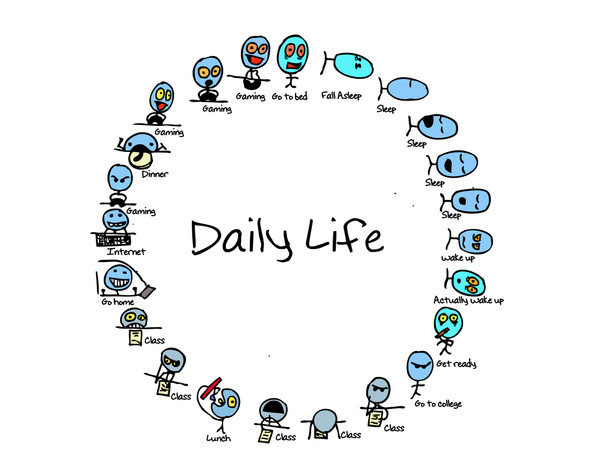
Attention - Cognitive process
What is attention?
Attention can be defined as the ability to select and concentrate on relevant stimuli . In other words, attention is a cognitive process that allows us to target relevant stimuli and process them in order to respond appropriately. This cognitive ability is important because we use it on a daily basis. Fortunately, we can improve our focus with an adequate regimen of cognitive training.
Types of attention
Attention is a complex process that is involved in almost all of our daily activities. As time passed, it became obvious that attention is not a unitary process, but can be divided into various "sub-processes". Therefore, scientists have proposed various models in order to explain each of these subcomponents as accurately as possible. The most widely accepted model has been the hierarchical model of Solberg and Matheer (1987, 1989), based on case studies from experimental neuropsychology.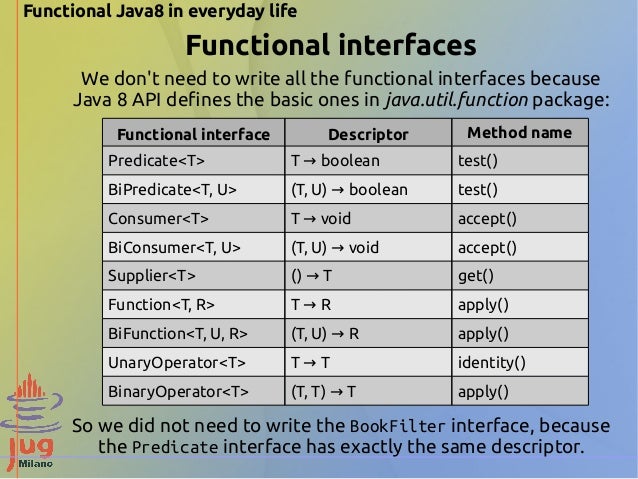 According to this model, attention is divided into the following phases:
According to this model, attention is divided into the following phases:
- Awakening : refers to our level of activation and readiness, depending on how sleepy or energetic we are.
- Focused attention : refers to the ability to focus attention on a relevant stimulus.
- Sustained, sustained or unremitting attention : ability to respond to a stimulus or activity over an extended period of time.
- Selective or selective attention : The ability to respond to a specific stimulus or activity in the presence of other distracting stimuli.
- Switched attention : ability to change the focus of attention between two or more stimuli.
- Divided attention : can be defined as the ability of our brain to respond to different stimuli or actions at the same time.
Attention systems and neuroanatomy
Based on neuroanatomical knowledge and previously described types of attention, we can distinguish three different attention systems following the model of Posner and Petersen (1990):
- Ascending Reticular Activating System (ARS) or Activation Network: This system is primarily responsible for regulating awakening and maintaining attention.
 It is closely related to the reticular formation and some of its neuronal connections, which are found in the frontal lobes, limbic structures, the thalamus, and the basal ganglia of the brain.
It is closely related to the reticular formation and some of its neuronal connections, which are found in the frontal lobes, limbic structures, the thalamus, and the basal ganglia of the brain. - Posterior Attention System (PRS) or Orientation Network : This system is responsible for Focused Attention and Selective Attention in relation to visual stimuli. The areas of the brain associated with this system are the posterior parietal cortex, the pulvinar lateral nucleus of the thalamus, and the superior colliculus.
- Forward Attention System (AFS) or Performance Network : this system is responsible for Selective Attention, Sustained Attention and Divided Attention. It is associated with the dorsolateral prefrontal cortex, orbitofrontal cortex, anterior cingulate cortex, supplementary motor area, and neostriatum (caudate nucleus).
Examples of attention
- When driving a car, we use all the processes of attention: while driving it is important to be active (Awakening), to be able to pay attention to the stimuli that arise (Focused Attention), to maintain attention for long periods of time, throughout all the way (Supported Attention), not being distracted by irrelevant stimuli (Selective Attention), repeatedly shifting attention from our lane to the next one when overtaking (Switched Attention), doing all the actions necessary to get the car moving, such as pressing the pedals, turn the steering wheel and shift gears at the same time (divided attention).
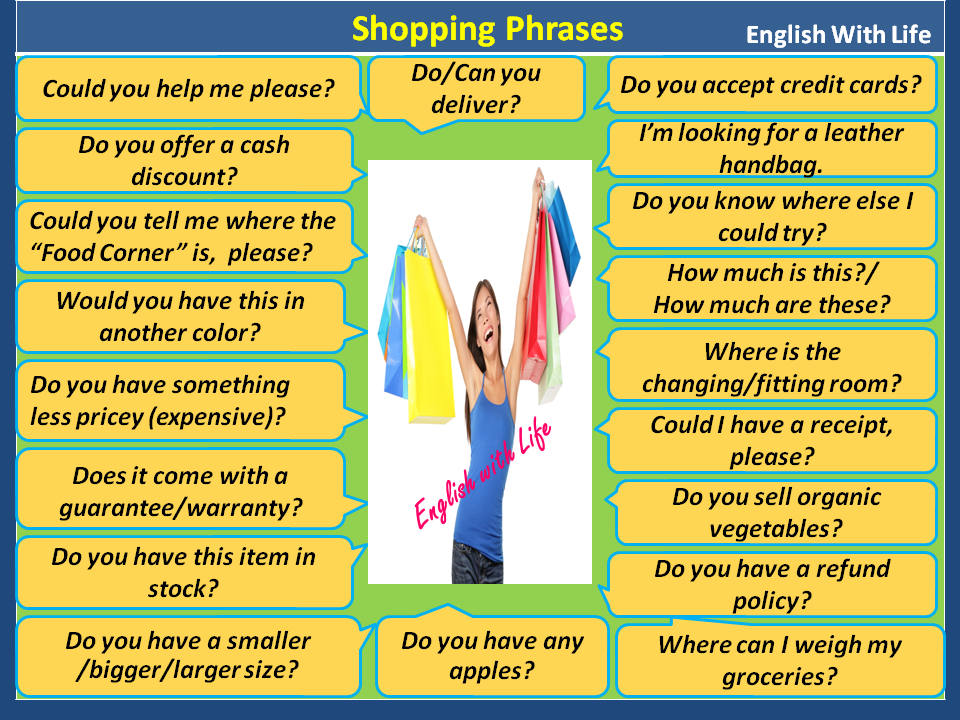
- Attention will be the first thing we need in the learning process. Naturally, we must clearly understand what we read or hear, so as not to read the same thing several times without understanding the meaning of what we read. It is especially important to maintain attention during classes or study at home. When we need to process a large amount of data for a long time, the process becomes too monotonous and we start to get distracted. This leads to a loss of time and information, negatively affecting academic performance.
- Attention is also necessary for any job. From office work, where we have to read and fill out documents, to professions such as air traffic controllers, athletes, cashiers, transport workers, doctors, janitors, and, of course, company executives. Any profession will require us to apply some or all kinds of attention.
- In our daily life, we also constantly use attention. From morning until evening, we use different types of attention to be effective.
 Inattention can lead to mistakes when, for example, we throw a spoon in the trash, and an empty yogurt cup in the sink. To avoid this and be able to read a book, watch a movie, cook dinner, wash the dishes, or hang out with friends, we need attention.
Inattention can lead to mistakes when, for example, we throw a spoon in the trash, and an empty yogurt cup in the sink. To avoid this and be able to read a book, watch a movie, cook dinner, wash the dishes, or hang out with friends, we need attention.
ADHD, inattention and other attention disorders
Attention is essential for the functioning of other cognitive abilities and, therefore, impaired attention can interfere with many daily tasks . However, it should be borne in mind that our level of attention can change throughout the day or under certain circumstances without the presence of any pathologies. This happens under the influence of factors such as drowsiness, fatigue, high fever, medication or drug use, etc. The state of excessive attention (typically in delusional states) is known as hyperprosexia. The opposite situation is known as hypoprosexia or inattention.
Probably the best known attention disorder is Attention deficit hyperactivity disorder (ADHD) or non-hyperactivity disorder (ADD). This disorder leads to difficulties in managing and controlling the processes of attention and behavior in general. The brains of people with ADHD have been found to have a number of anatomical differences in the nucleus accumbens, caudate nucleus, putamen, amygdala, hippocampus, prefrontal regions, and thalamus. These symptoms and neuroanatomical differences may be the result of delayed brain maturation.
This disorder leads to difficulties in managing and controlling the processes of attention and behavior in general. The brains of people with ADHD have been found to have a number of anatomical differences in the nucleus accumbens, caudate nucleus, putamen, amygdala, hippocampus, prefrontal regions, and thalamus. These symptoms and neuroanatomical differences may be the result of delayed brain maturation.
In addition to ADHD, there are different types of characteristic attention disorders. Conscious states such as coma (or aprosexia), vegetative state and minimally conscious state lead to changes in the level of activity (awakening), focused attention, and more complex subprocesses of attention. These disorders can be caused by brain damage, whether stroke or traumatic brain injury (TBI) . As a result of brain damage, attention disorders in general (with increased tendency to distraction and excessive fatigue), or some more specific disorders, such as hemineglect (inability to respond to stimuli from the opposite side regarding the area of damage) can also occur.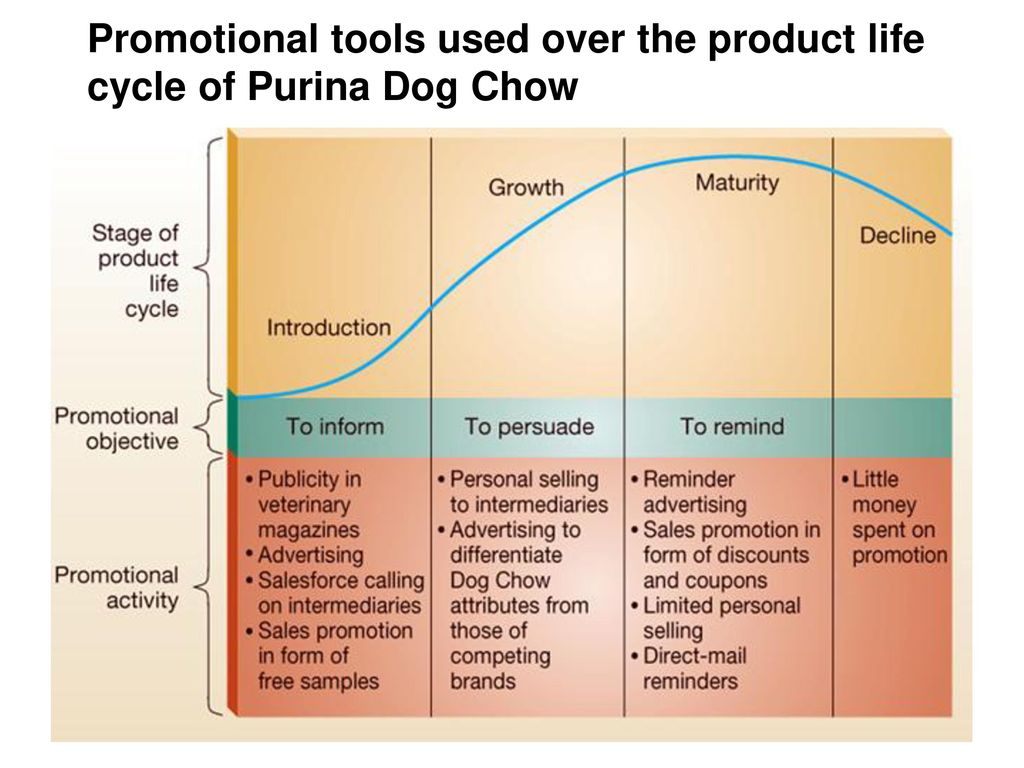 In addition, there may be a violation of attention in pathologies such as schizophrenia , dyslexia , dementia , including Alzheimer's disease . Conversely, in anxiety disorders or in depressive disorders there is increased attention caused by anxiogenic or negative stimuli, provided that other stimuli are neglected.
In addition, there may be a violation of attention in pathologies such as schizophrenia , dyslexia , dementia , including Alzheimer's disease . Conversely, in anxiety disorders or in depressive disorders there is increased attention caused by anxiogenic or negative stimuli, provided that other stimuli are neglected.
How to measure and evaluate attention?
Attention assessment can be useful in various areas of life: learning process (to know if a student will need help in class or extra breaks), clinical setting (to know if the patient will be able to lead his usual life without outside help) or in the professional circle (to know if employees are capable of holding certain positions and whether they will be able to correctly perform their tasks throughout the working day) .
Thanks to comprehensive neuropsychological testing we can measure attention and other cognitive abilities in an effective and reliable way .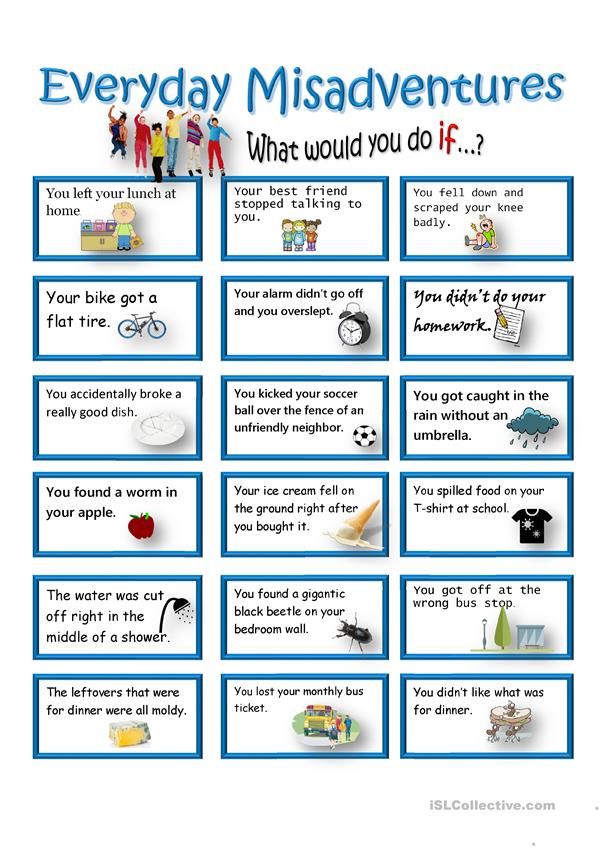 CogniFit offers a series of tests that assess some of the sub-processes that shape attention, such as focused and divided attention. The tests that the CogniFit uses to measure these cognitive abilities are based on the classic tests: Stroop Test, Test of Attention Variables (TOVA), Hooper's Visual Organization Task (VOT) and Performance Test (CPT). In addition to attention, these tests also measure response time, visual perception, cognitive flexibility, inhibition, monitoring, spatial awareness, processing speed, visual scanning, and hand-eye coordination.
CogniFit offers a series of tests that assess some of the sub-processes that shape attention, such as focused and divided attention. The tests that the CogniFit uses to measure these cognitive abilities are based on the classic tests: Stroop Test, Test of Attention Variables (TOVA), Hooper's Visual Organization Task (VOT) and Performance Test (CPT). In addition to attention, these tests also measure response time, visual perception, cognitive flexibility, inhibition, monitoring, spatial awareness, processing speed, visual scanning, and hand-eye coordination.
- DIAT-SHIF Multitasking Test: follow the movement of the white ball and pay attention to the words that appear in the center of the screen. When the word that is in the center of the screen matches the color in which it is written, you should give an answer (paying attention to two stimuli at the same time). In this exercise, you will have to be ready for changes in strategy, new reactions, and at the same time apply the abilities of cognitive control and visual scanning.

- Speed test REST-HECOOR: a blue square appears on the screen. Being inside the square, you need to press the button as quickly as possible. The more times the button is pressed within the allotted time, the better the results will be.
- REST-SPER Decision Test: Numerous stimuli appear on the screen in motion. You should click on the target stimuli as quickly as possible, avoiding clicking on unnecessary stimuli.
- FOCU-SHIF Inattention Test: Lights appear in each corner of the screen. It is necessary to click on the yellow signals as quickly as possible. However, if the light turns red, the signal does not need to be pressed.
How to restore or improve attention?
All cognitive abilities, including attention, can be trained to improve their performance. CogniFit gives you the ability to do it like a pro.
Brain plasticity is the basis for the rehabilitation of attention and other cognitive abilities .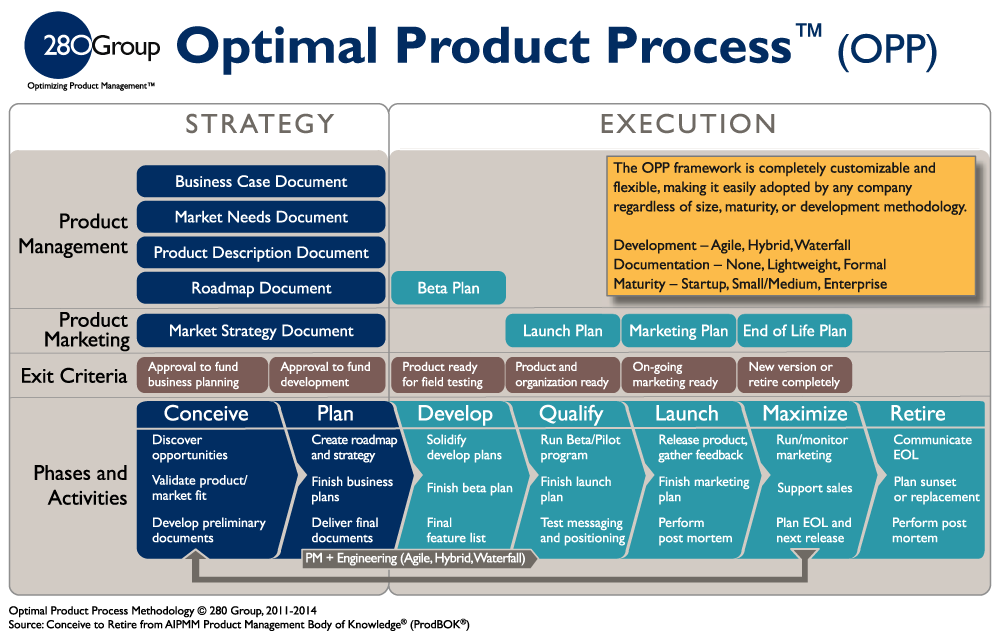 The brain and its neural connections are strengthened by the use of those functions that depend on them. Thus, if attention is regularly trained, the neural connections of the brain structures involved in this process will be strengthened.
The brain and its neural connections are strengthened by the use of those functions that depend on them. Thus, if attention is regularly trained, the neural connections of the brain structures involved in this process will be strengthened.
CogniFit consists of a team of professionals who specialize in the study of synaptic plasticity and neurogenesis. This has made it possible to create the Personal Cognitive Stimulation Program which is tailored to the needs of each user. This program begins with an accurate assessment of attention and other basic cognitive functions. Based on the results of the evaluation, the CogniFit Cognitive Stimulation Program automatically suggests a personalized cognitive training regimen to improve attention and other cognitive functions that need it, as determined by the evaluation.
It is essential to have regular and adequate training to improve attention. CogniFit offers assessment and rehabilitation tools to optimize these cognitive functions.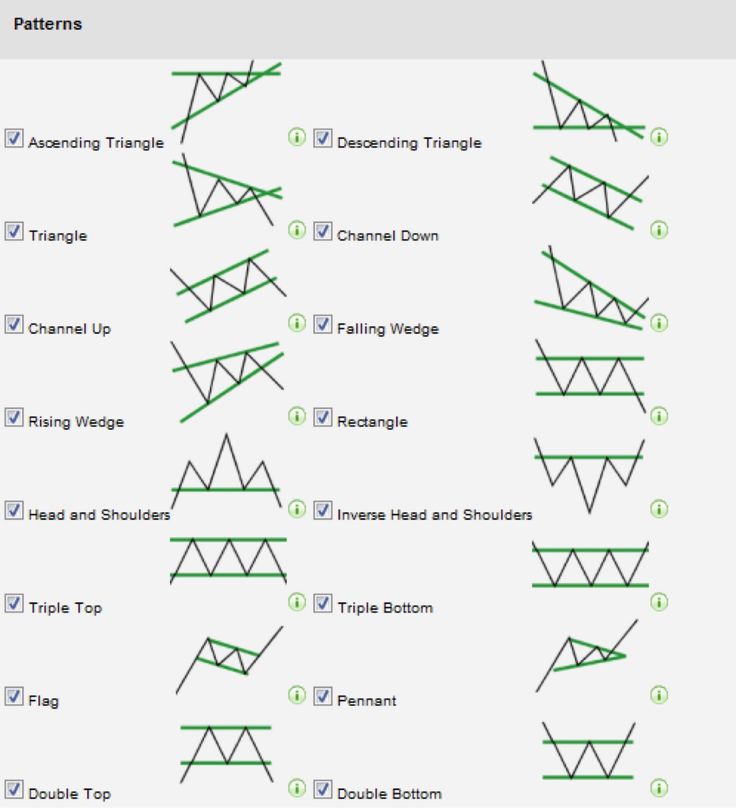 Proper stimulation requires 15 minutes of time per day, two or three times a week .
Proper stimulation requires 15 minutes of time per day, two or three times a week .
This program is available online . A variety of interactive exercises are waiting for you in the form of fun brain games that you can play with your computer. At the end of each session CogniFit will show a detailed progress chart of the cognitive state.
In conclusion
- Attention is a cognitive process that allows you to choose the right stimuli and concentrate on them. According to Solberg and Mathier's hierarchical model, there are different types of attention: arousal, focused, sustained, selective, interleaved, and distributed.
- Attention is assessed using neuropsychological tests and can be measured in various areas of life (academic, clinical, professional, etc.).
- Attention can be impaired in some disorders and diseases, such as attention deficit hyperactivity disorder (ADHD) or without it (ADD), stroke, dyslexia, anxiety.
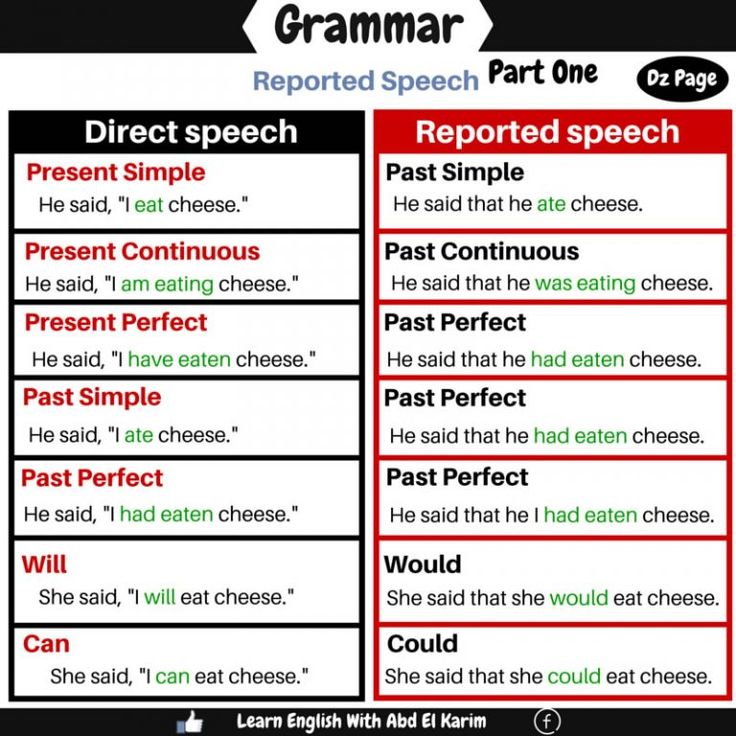 ..
.. - Improve or rehabilitate attention and increase brain plasticity by exercising using CogniFit programs. Peretz C, Korczyn AD, Shatil E, Aharonson V, Birnboim S, Giladi N. - Computer-Based, Personalized Cognitive Training versus Classical Computer Games: A Randomized Double-Blind Prospective Trial of Cognitive Stimulation - Neuroepidemiology 2011; 36:91-9. Haimov I, Shatil E (2013) Cognitive Training Improves Sleep Quality and Cognitive Function among Older Adults with Insomnia. PLoS ONE 8(4): e61390. doi:10.1371/journal.pone.0061390 Preiss M, Shatil E, Cermakova R, Cimermannova D, Flesher I (2013) Personalized cognitive training in unipolar and bipolar disorder: a study of cognitive functioning. Frontiers in Human Neuroscience doi: 10.3389/fnhum.2013.00108. Korczyn AD, Peretz C, Aharonson V, et al. - Computer based cognitive training with CogniFit improved cognitive performance above the effect of classic computer games: prospective, randomized, double blind intervention study in the elderly.
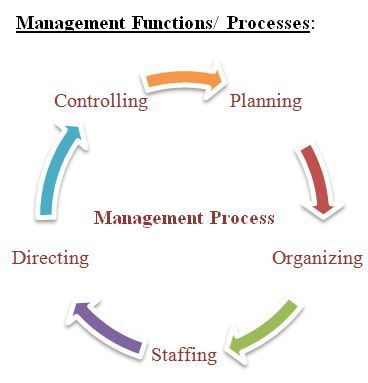 Alzheimer's & Dementia: The Journal of the Alzheimer's Association 2007; 3(3):S171. Haimov I, Hanuka E, Horowitz Y. - Chronic insomnia and cognitive functioning among older adults - Behavioral sleep medicine 2008; 6:32-54. Thompson HJ, Demiris G, Rue T, Shatil E, Wilamowska K, Zaslavsky O, Reeder B. - Telemedicine Journal and E-health Date and Volume: 2011 Dec;17(10):794-800. Epub 2011 Oct 19.
Alzheimer's & Dementia: The Journal of the Alzheimer's Association 2007; 3(3):S171. Haimov I, Hanuka E, Horowitz Y. - Chronic insomnia and cognitive functioning among older adults - Behavioral sleep medicine 2008; 6:32-54. Thompson HJ, Demiris G, Rue T, Shatil E, Wilamowska K, Zaslavsky O, Reeder B. - Telemedicine Journal and E-health Date and Volume: 2011 Dec;17(10):794-800. Epub 2011 Oct 19. What is digitalization and why is it needed - in simple words
Digitalization technologies in Russia – the era of change has come
Why does Russia need digitalization of infrastructure and management? What technologies are used?
Digitalization technologies in Russia - the era of change has come
Digitalization is the introduction of modern digital technologies in various areas of life and production.
At the end of the 1990s, the world began to talk about IoT technologies and the digital economy, while in Russia at that time the first mobile phones were just beginning to appear.
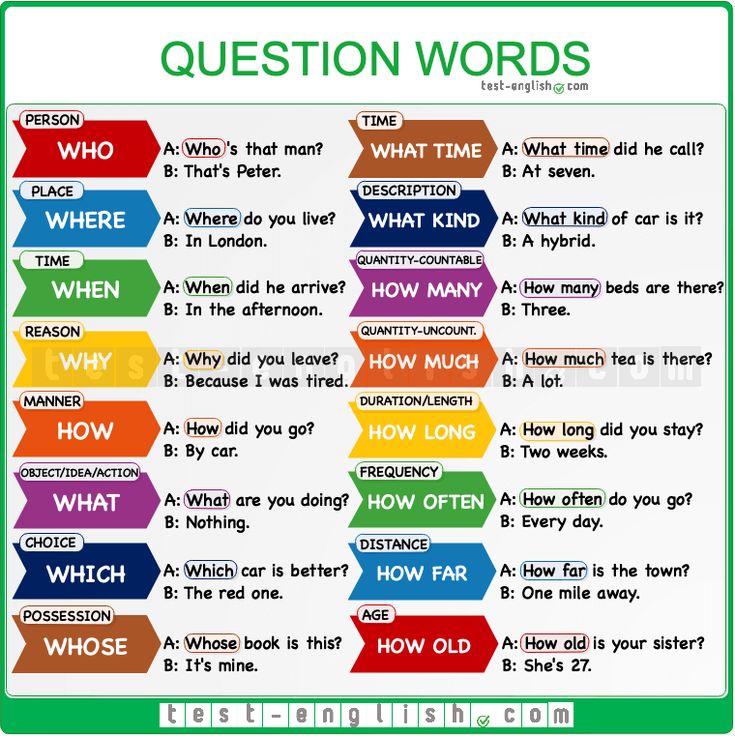 More than 20 years have passed since then, and the Internet of things has become a commonplace for us: almost everyone has smart devices at home, of which there are already more than 26 billion units worldwide, and almost 20 million SIM cards were bought from us last year alone. cards for IoT equipment.
More than 20 years have passed since then, and the Internet of things has become a commonplace for us: almost everyone has smart devices at home, of which there are already more than 26 billion units worldwide, and almost 20 million SIM cards were bought from us last year alone. cards for IoT equipment. Global digitalization is a concept of economic activity based on digital technologies that are being introduced into various spheres of life and production. And this concept is widely implemented in all countries without exception.
Digitalization technologies have been successfully introduced in Russia over the past years. But if the process has been running for a long time, then why do we not see its scale? It's simple: one of the indicators of successful global digitalization is open information that changes social, political and business processes and leads to an improvement in the quality of life.
Why doesn't this work globally in Russia? There is one small nuance: in order to digitalize the entire country, you first need to electrify it all.
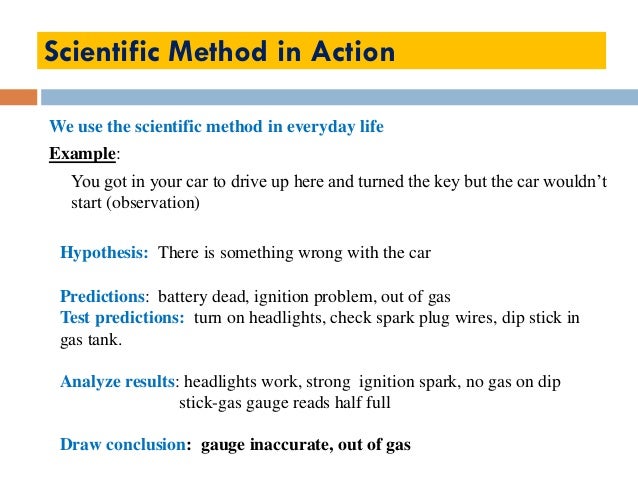 For example, it is difficult for many people to explain what is the advantage of a smart refrigerator, which itself checks the freshness of products and, if necessary, orders new ones. Especially if these people store all the products in the cellar and burn a kerosene stove. They simply do not understand modern technologies.
For example, it is difficult for many people to explain what is the advantage of a smart refrigerator, which itself checks the freshness of products and, if necessary, orders new ones. Especially if these people store all the products in the cellar and burn a kerosene stove. They simply do not understand modern technologies. If we cannot talk about the global digitalization of the country, then why do we use the expression “the era of change has come”? Change is really coming. Smart home appliances take care of themselves, information is revealed, production processes are controlled by machine vision, robots replace humans in hazardous jobs. But all this works only if you live in large cities of Russia, where at least there is electricity and a cell tower. The era of change is taking place within large cities and industrial centers. And then, as usual, everything is complicated.
What is it and why?
Global digitalization sounds impressive.
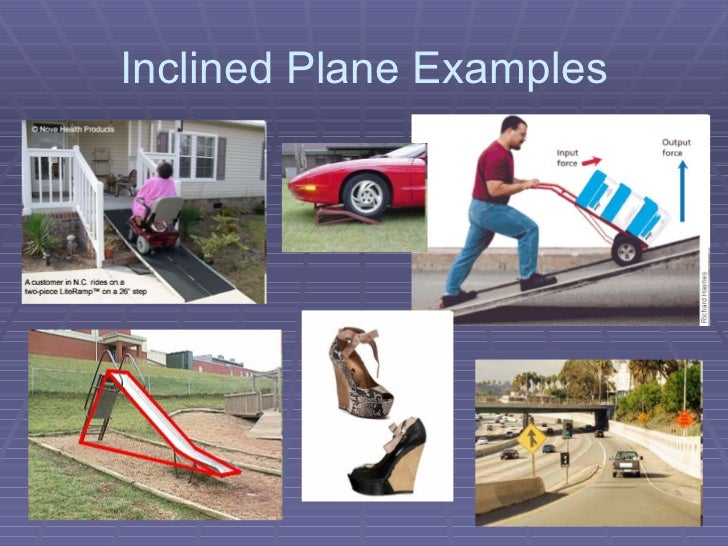 Let's tell in simple words, what is it and why is it good for everyone?
Let's tell in simple words, what is it and why is it good for everyone? First, let's divide our life into components. We all depend on the efficiency of the government, buy goods and services online and offline, communicate and use information. Digitization makes all these processes easier.
Where digitalization is applied right now:
- in everyday life;
- in production;
- at work;
- in state structures;
- in business.
Household digitalization for the majority has long become understandable and familiar. And we are not talking about some sophisticated and expensive systems like a “smart” home - even an ordinary multicooker with Wi-Fi control, which many people have, is a vivid example of household digitalization. Many people often use another digital system - alarms. A special sensor monitors whether there are strangers in the apartment, and if they are detected, it signals to the desk officer on duty.
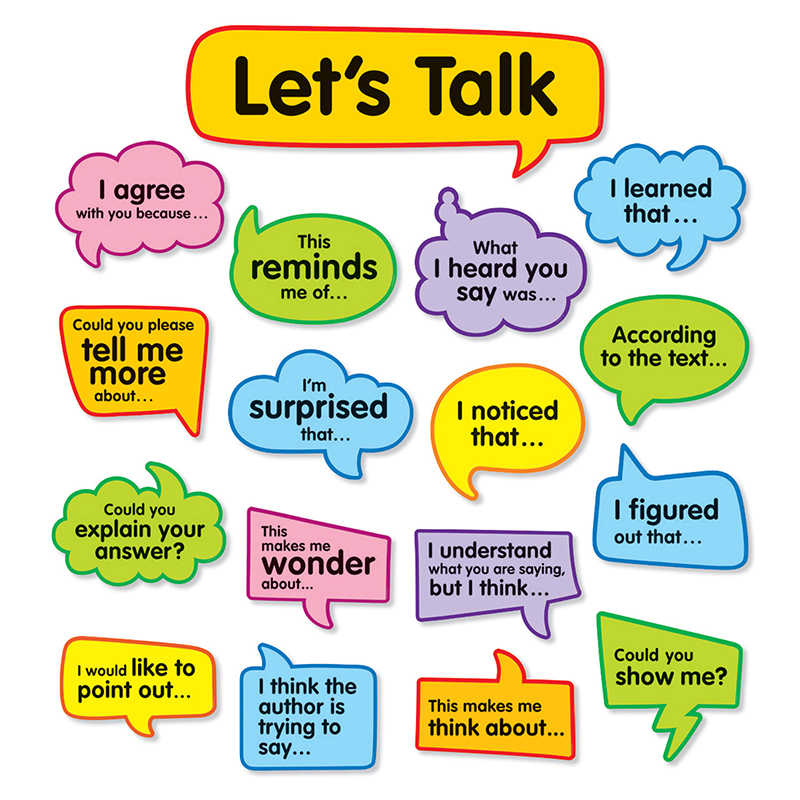 There are more complex systems that block the exits from the premises in the event of an intrusion.
There are more complex systems that block the exits from the premises in the event of an intrusion. Production digitalization is engaged in the reduction of monotonous physical labor for a person, organizes and controls labor and production processes and ensures the safety of company employees. Suppose a simple worker goes to his place to the machine, but for some reason the siren turns on, and the employee himself is informed of a safety violation. This "smart" video analytics system noticed that the worker entered the workshop without a helmet, gave a signal and saved the man's life.
"Smart" systems using machine vision identify defective parts, and a video surveillance system monitors compliance with safety regulations. The same systems are used in non-manufacturing companies and even in small offices.
The state is implementing digitalization in all its verticals. The data analysis system has long been effectively used in the executive branch. A vivid example is the search for criminals using online cameras on the streets or the ability to send an appeal to the right authorities via the Internet.
 One of the main merits of the digitalization of the state is the reduction in the amount of paperwork and bureaucracy in the preparation of documents. Certificates and passports can be ordered through the application, where you can store and update all data.
One of the main merits of the digitalization of the state is the reduction in the amount of paperwork and bureaucracy in the preparation of documents. Certificates and passports can be ordered through the application, where you can store and update all data. The only danger of digitalization is the decrease in the importance of humans in many processes and the likely disappearance in the future of entire professions that robots will be better able to handle.
What is the difference between digitalization and automation?
The concepts of digitalization and automation are often confused. Some are sure that if there are computers with Internet access in the office, then the enterprise can already be called digital in some sense. Only PCs and the Internet are just tools that make it possible to simplify and even automate some processes, but they do not lead to digital transformation in any way.
Digitalization is not so much about automating and improving work and production processes (although this is often necessary), but about changing the entire business model.
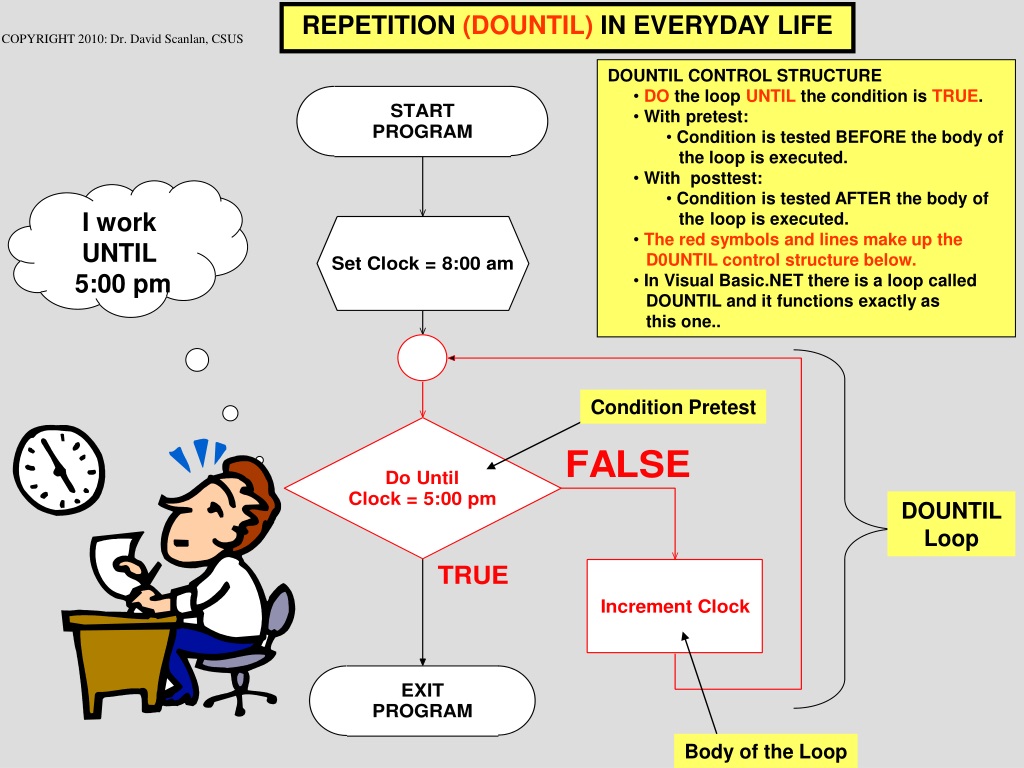 Automation improves production, but it preserves the way the company does business, while digital transformation changes the product itself, transforms the relationship between the client and suppliers, and the positioning of the company itself. This is an integrated approach to the use of digital resources in the enterprise.
Automation improves production, but it preserves the way the company does business, while digital transformation changes the product itself, transforms the relationship between the client and suppliers, and the positioning of the company itself. This is an integrated approach to the use of digital resources in the enterprise. Consider a couple of examples of automation and digitalization:
- Automation in the education environment involves the use of digital textbooks, video tutorials and other tools that simplify the learning process. Digitalization, on the other hand, involves the construction of a new interactive educational system with feedback, when a person has the opportunity to choose the pace and program of his training in accordance with the availability of free time and the initial level.
- Factory automation may include keeping an electronic time sheet instead of traditional paper journals. During the digital transformation of the access system, RFID tags are used, which are sewn into a form or pass.
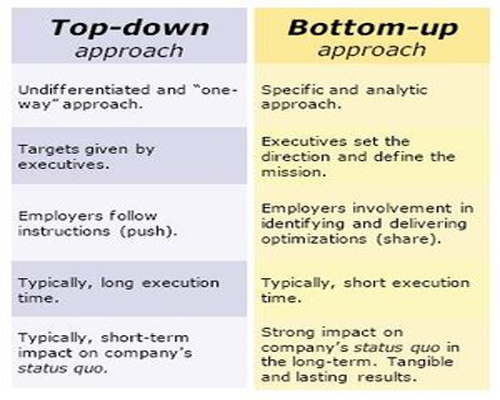 The employee will not need to mark the time or sign somewhere at all - the smart system will do everything on its own.
The employee will not need to mark the time or sign somewhere at all - the smart system will do everything on its own.
Main areas of digitalization
There are several key areas of digital transformation:
- Development of a new digital business model.
- Creation of digital goods and services.
- Product Lifecycle Management.
- Automated collection, storage and processing of information.
- Implementation of digital design.
- Production process and supply chain management.
- Performing administrative functions.
- Automation of manual labor through the use of robots and electronic document management.
The choice of technologies for a particular enterprise or business depends on why digitalization is being carried out, what goals need to be achieved.
Infrastructure digitalization – why?
Why digitalize infrastructure? First of all, to create a comfortable and understandable environment.
 What this process includes:
What this process includes: - Consumer information. This includes information posted on interactive maps. On them you can see not only actual photos of the place, but also, for example, real reviews from visitors and employees of the company. You can also make your own edits here.
- Tourist information. On the same interactive maps or in special applications, you can see what kind of building is in front of you and find out its history. Information can be in text form or supported by multimedia materials.
- Routes for people with reduced mobility. Initiative groups are developing applications that can be used to see how best to get to the desired point. You can also call a social taxi directly from the application.
- Information for outdoor activities. On the map on the Internet, you can find the nearest bike paths and convenient city routes for roller skates or scooters.
A vivid example of the digital transformation of infrastructure is the product of one of the operators of digitalization in Russia - Yandex.
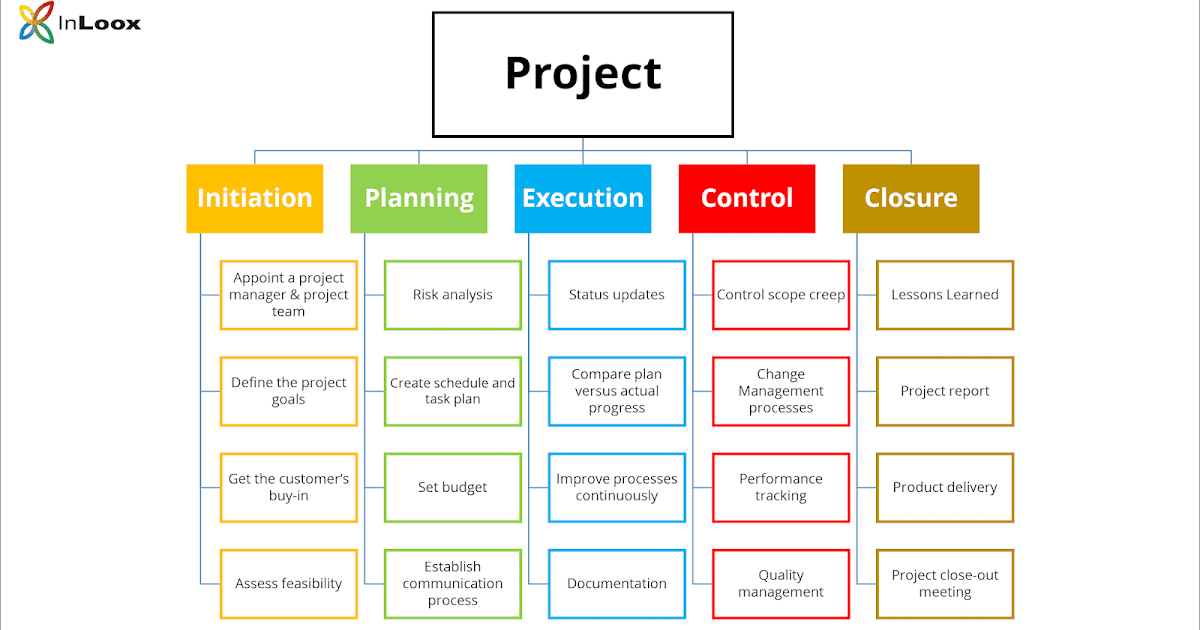 Maps, where you can not only see if there are traffic jams on the roads, but also read the comments of other drivers. Sometimes there are full-fledged conversations that are not related to the traffic situation. This suggests that the digitalization of infrastructure has become familiar to the average person.
Maps, where you can not only see if there are traffic jams on the roads, but also read the comments of other drivers. Sometimes there are full-fledged conversations that are not related to the traffic situation. This suggests that the digitalization of infrastructure has become familiar to the average person. However, all this is not actively used everywhere. In order to digitize the infrastructure of small and medium-sized settlements in Russia, it is necessary to invest about 93 trillion dollars in this matter. What about in fact? 47 trillion, which are ready to invest, will be able to cover only the needs of the telecommunications sector.
However, the initiatives of private companies bring a touch of optimism to the bleak state of digitalization from the state. Yelp, Foursquare, routes and reviews on Yandex save ordinary citizens.
Digitization of the economy
Perhaps the main area where digitalization is being applied in Russia and other countries is the economy, which is gradually becoming “digital” today.
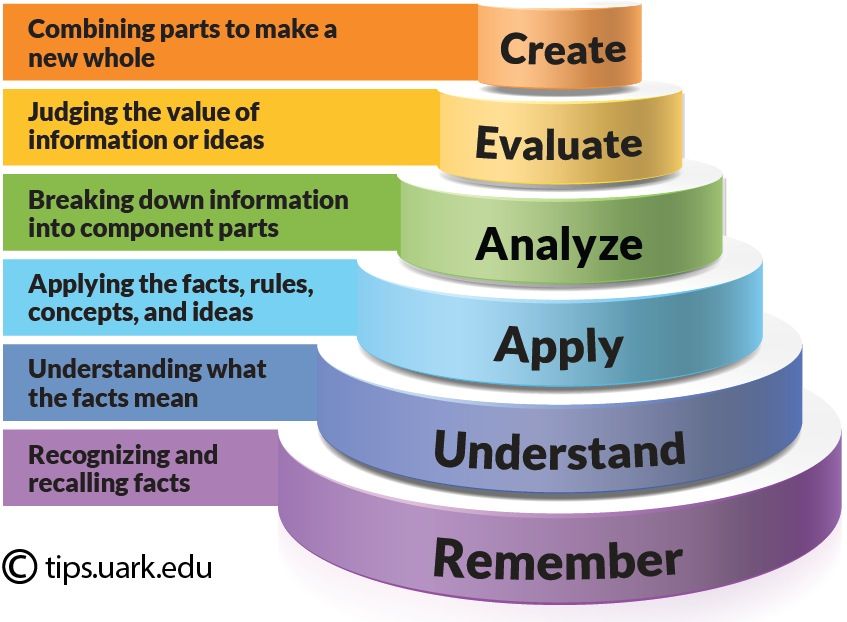 That is, all data is processed digitally.
That is, all data is processed digitally.
Manifestations of the digital economy are:- online services;
- Internet trading;
- electronic payments;
- crowdfunding;
- internet advertising;
- electronic document management, etc.
The transformation into a digital economy allows citizens to access services and goods faster and easier.
Digitalization of business
In business, digital transformation helps to optimize and increase the accuracy of work and involves the transition of companies to electronic platforms.
There are 3 stages of such transformation:- Automation.
- Digitization.
- Digital transformation.
At the last stage, the entire business management system is changed, starting with production methods and ending with the economic strategy of the enterprise.

Digitization of industry
In industry, digitalization of companies makes it possible to bring a number of processes to a qualitatively new level, including:
- design;
- production;
- enterprise management.
Digital algorithms can take on simple repetitive tasks as well as complex tasks.
Digitalization of production
Technologies allow to completely rebuild modern production, solving a whole range of important tasks:
- Accelerated information processing.
- Improved customer experience.
- Increasing the flexibility of business processes.
Digitalization of healthcare
In healthcare, digital transformation is taking place in several directions. The most popular now is the creation of gadgets that allow you to remotely monitor the state of human health.
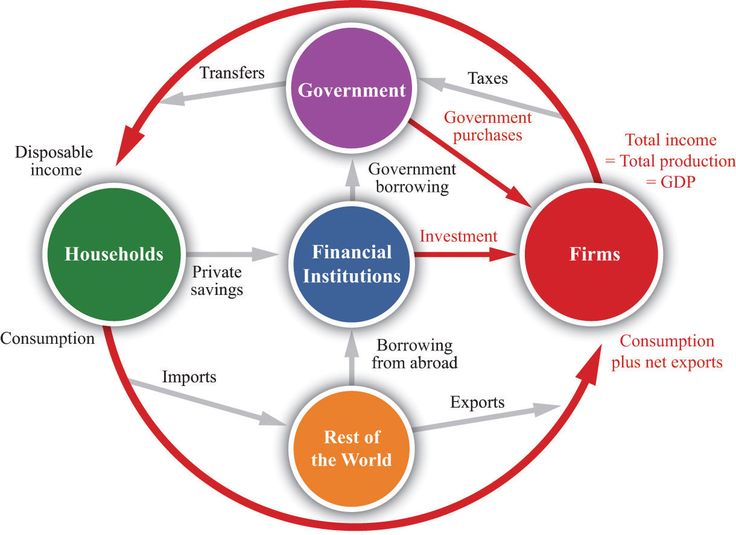 In addition, the use of special algorithms will allow:
In addition, the use of special algorithms will allow: - diagnose faster;
- reduce the number of medical errors;
- accelerate the development of new drugs.
Digitalization of education
Digital transformation of the education system, first of all, involves equipping schools and higher educational institutions with modern digital technologies, which are designed to increase the accessibility of education and learning materials for everyone. Also, perhaps in the future, emphasis will be placed on online education, when students, if desired, will be able to receive knowledge without leaving home.
The benefits of digitalization of education:
- accustoming students to independence from an early age;
- elimination of paperwork: students do not have to constantly carry numerous notebooks and textbooks, and teachers - all kinds of manuals: one tablet will replace kilograms of waste paper;
- savings - reducing the cost of stationery, the use of electronic versions of textbooks / notebooks requires less cost;
- higher availability of knowledge for people in remote communities.
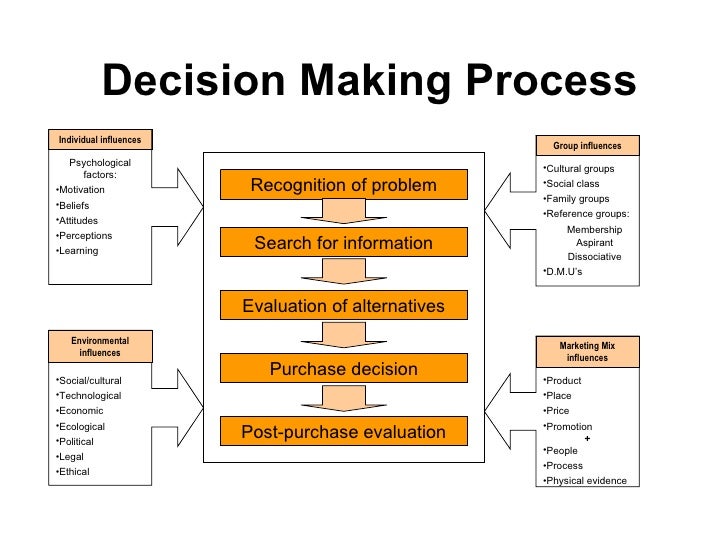
Possible shortcomings of the concept:
- decrease in the socialization of students;
- less attention to physical development;
- decrease in the function of teachers.
Digital transformation can make education more accessible, complete and cost-effective, but only with careful planning and careful implementation to avoid potential downsides.
Digitization of the city
Technologies will allow collecting information about life in the city using cameras and sensors, as well as predicting the situation related to transport, crime, ecology, etc. The collected data will be analyzed by artificial intelligence, which will be able to issue recommendations for improving various areas of the functioning of the metropolis.
Digitalization of transport
We all experience the impact of digitalization, as it is already gradually taking place in transport.
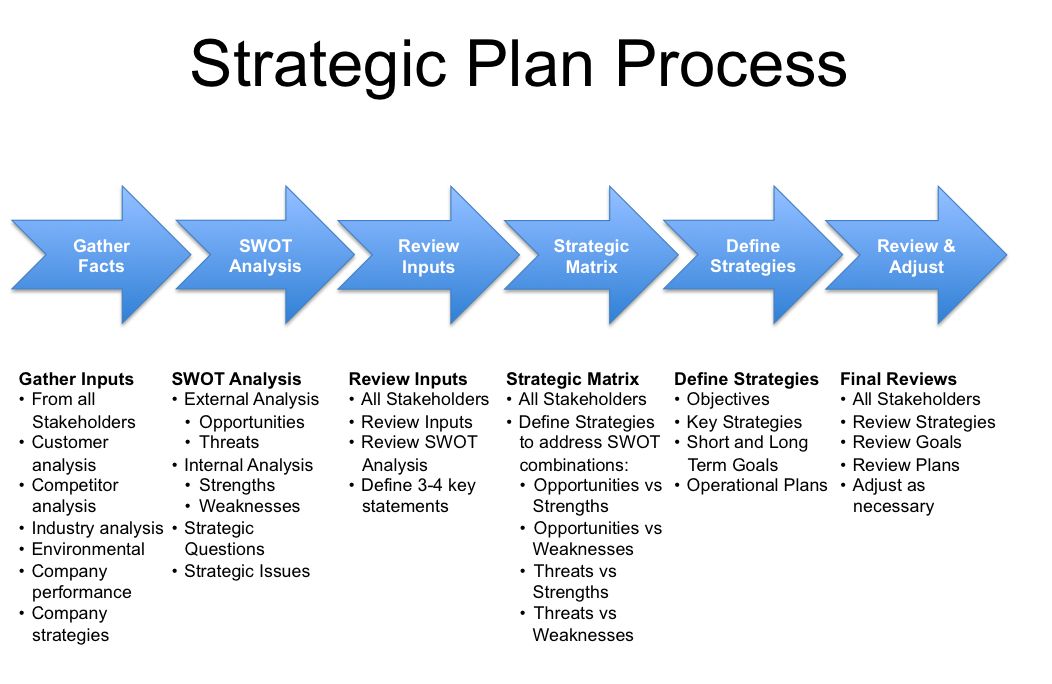 The world is filled with digital maps, which contain information not only about roads, but also about their load, traffic jams and accidents, surface quality, etc.
The world is filled with digital maps, which contain information not only about roads, but also about their load, traffic jams and accidents, surface quality, etc. Further development - an increase in the number of unmanned vehicles, including public ones. The world is already actively testing unmanned metro trains, buses and aerial drones.
Digitalization in science
In the field of science, new technologies are aimed at accelerating calculations and calculations. In addition, a single system will make it possible to exchange data in the shortest possible time for scientists located in different parts of the world in automatic mode.
Any discoveries will be made and checked faster.
Digitalization in the field of finance
In the financial sector, new technologies are blockchain and cashless payments. The first is not only cryptocurrencies, which many do not trust, but also the most powerful means of protecting any monetary transactions.
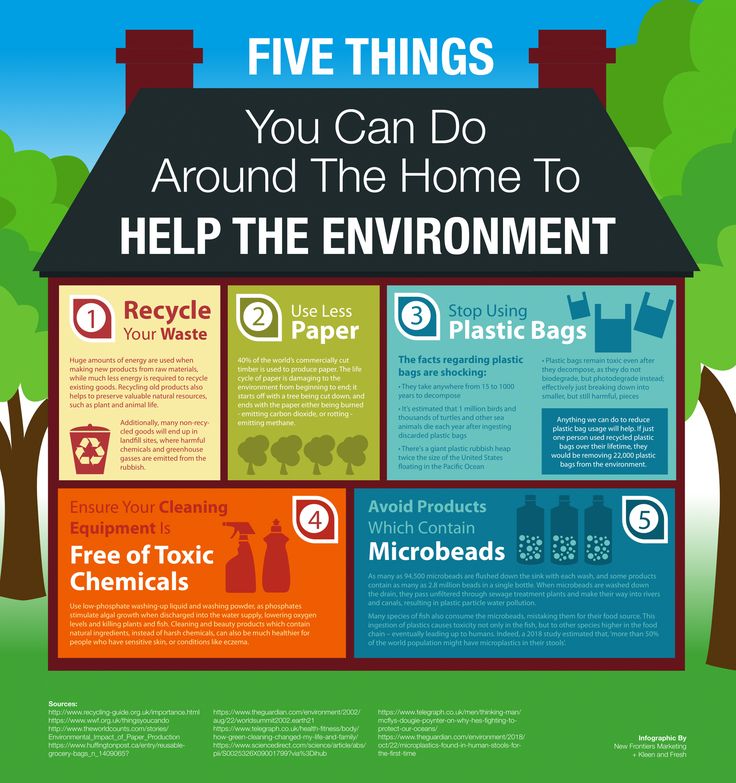 In parallel, digital transformation is taking place in areas such as:
In parallel, digital transformation is taking place in areas such as: - mobile banking;
- online shopping;
- remote payment and work.
Many banks already allow their customers to perform most transactions remotely, without visiting a branch.
Digitalization of information systems
The meaning of digitalization of information systems is that a modern person does not have to strain and struggle with the human factor in the system. Documents can be made through the State Services application, the delivery service remembers where you usually order pizza, and the medical card will no longer be lost between offices.
Any digitalization starts with the discovery and collection of data. In order for the system to work accurately, it is necessary to collect as much information as possible. A special program analyzes the received data and gives the best result. Information systems can operate exclusively with factual information, or they can make assumptions using artificial intelligence.
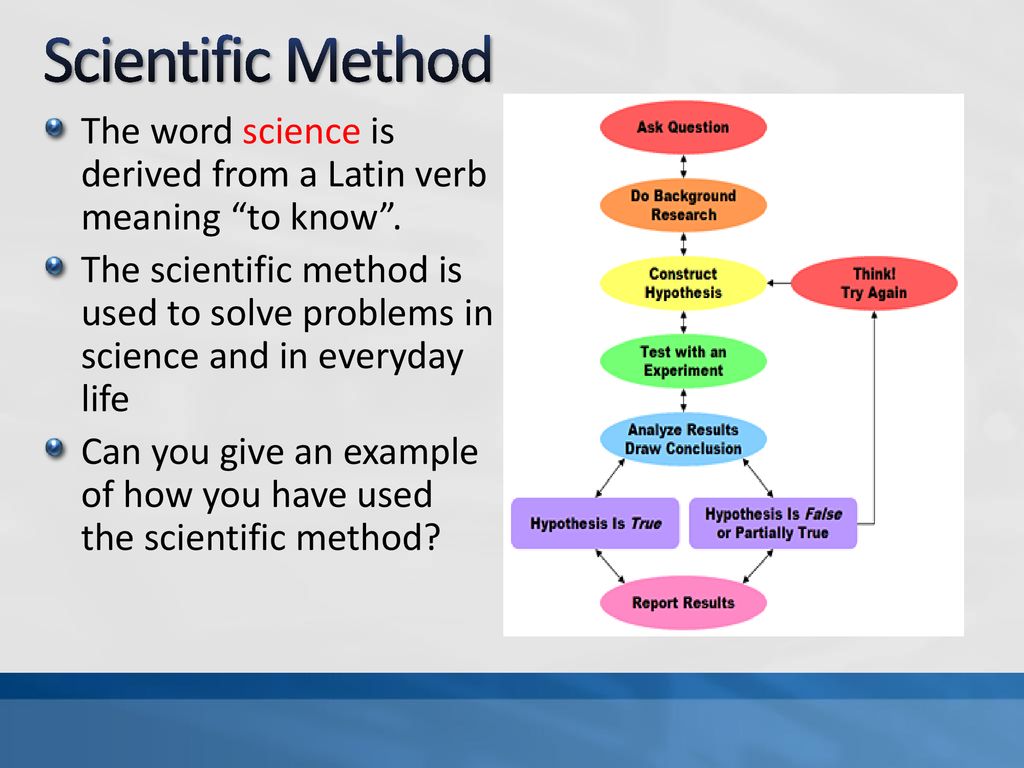 A striking example of such a system is the voice assistants Siri and Alice. They can not only answer a specific question, but also have philosophical conversations with the user.
A striking example of such a system is the voice assistants Siri and Alice. They can not only answer a specific question, but also have philosophical conversations with the user. What about business? He is using the digitalization of IoT with might and main to increase profits. Systems that facilitate human work, 3D printing, online monitoring, virtual reality, the Internet of things - all this is being actively implemented, applied and working in a business of any size.
What will change in management
Forums on digitalization are held at the state level, tenders are put up for the creation of smart systems, seminars are held to “educate different segments of the population”. All this is done in order to create a friendly environment for citizens and to simplify communication with government agencies.
With the advent of global digitalization, management will become:
- Open. All data and correspondence will be kept in the public domain.
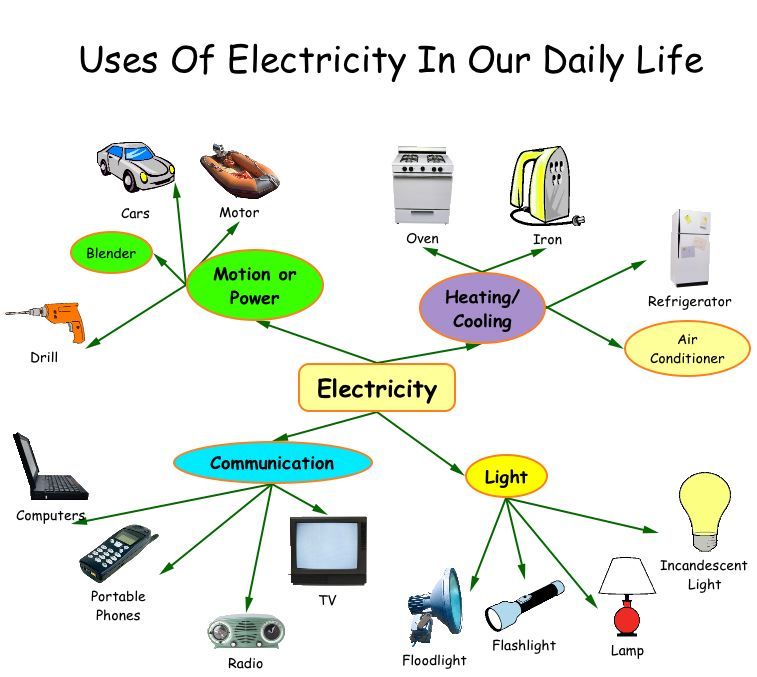 This disciplines managers and improves the efficiency of message processing.
This disciplines managers and improves the efficiency of message processing. - Effective. To make optimal decisions, data analysis from many resources is used. For example, when a deputy decides on which area the budget should be spent, he will rely on an analysis of the number of citizens' appeals.
- Innovative. New technologies always stimulate new methods of management. For example, in many companies that follow the principles of openness, it is customary to conduct personal consultations of managers via Skype, which facilitates communication between the center and the regions.
All three points are contained in the state program adopted by the Government - this is what digital management is striving for. The principle of openness is already being used: responses to citizens' appeals to the open reception are published, big data analytics are used, conferences are held via Skype.
In addition, managers and top management use digitalization in business to develop short-term and long-term strategies for the company's development.
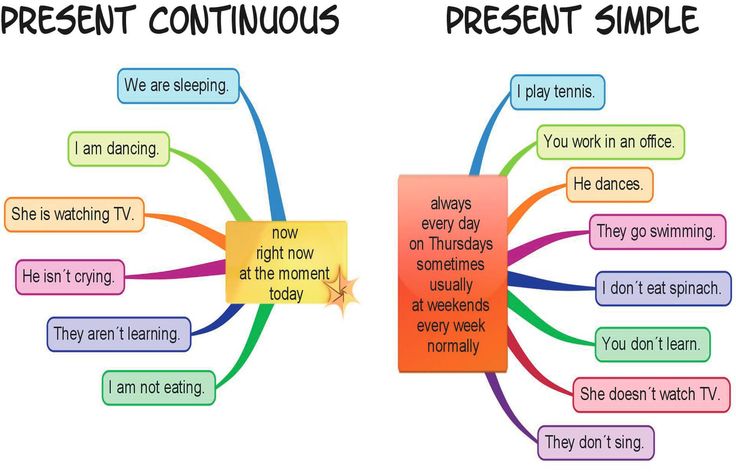
Learn more


